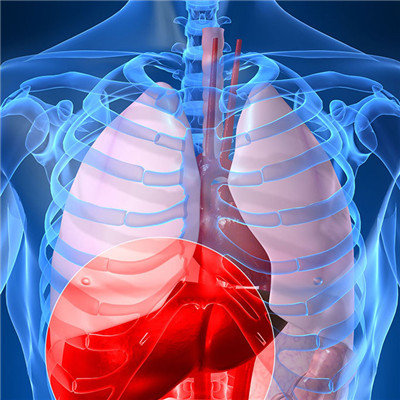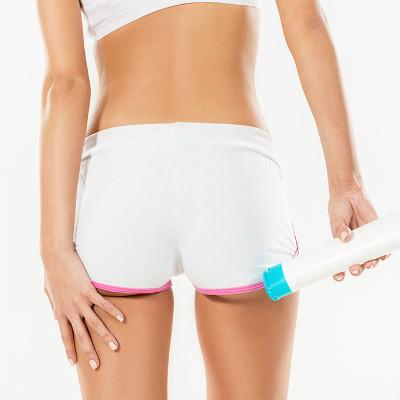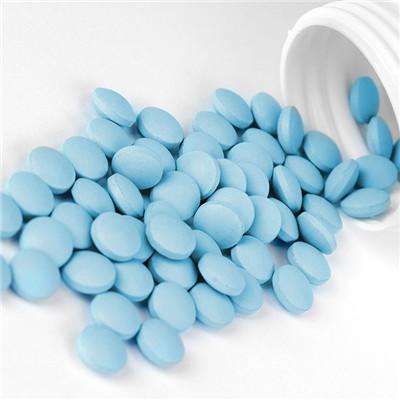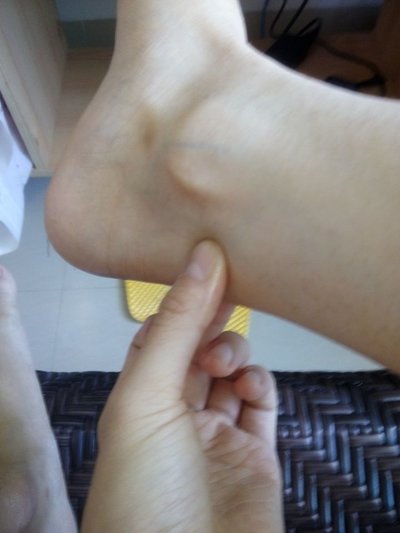How to do after transient cerebral ischemia?
summary
Stroke is the Chinese name for cerebrovascular disease, which comes from the concept of traditional Chinese medicine. Modern medicine calls it "stroke". Stroke is divided into hemorrhagic stroke and ischemic stroke. The pathology of the two diseases is very different. Now let's talk about what to do after transient cerebral ischemia?.
How to do after transient cerebral ischemia?
First, patients with ischemic stroke or TIA who did not receive antihypertensive therapy in the past should start antihypertensive therapy if systolic blood pressure ≥ 140mmHg or diastolic blood pressure ≥ 90mmHg a few days after onset; For patients with noncardiac ischemic stroke or TIA, long-term treatment with high-intensity statins is recommended to reduce the risk of stroke and cardiovascular events, regardless of other atherosclerosis. It is suggested that LDL-C decrease ≥ 50% or LDL ≤ 1.8mmol/l (70mg / dl).

Second: Patients with ischemic stroke or TIA who have a history of hypertension and have received antihypertensive drugs for a long time should restart antihypertensive treatment a few days after onset if there is no absolute contraindication. For patients with LDL-C ≥ 2.6 mmol / L (100 mg / dl), intensive statin therapy is recommended to reduce the risk of stroke and cardiovascular events.

Third: for patients with ischemic stroke or TIA caused by intracranial atherosclerotic stenosis (stenosis rate 70% - 99%), it is recommended that systolic blood pressure should be reduced to below 140mmHg and diastolic blood pressure should be reduced to below 90mmHg. For patients with ischemic stroke or TIA caused by intracranial atherosclerotic stenosis (stenosis rate 70% - 99%), long-term treatment with high-intensity statins is recommended to reduce the risk of stroke and cardiovascular events. The recommended target value is LDL-C ≤ 1.8mmol/l (70mg / dl).

matters needing attention
The long-term use of statins is generally safe. During the treatment, the monitoring should be done well: if the liver enzyme exceeds 3 times of the upper limit of the normal value, and the muscle enzyme exceeds 5 times of the upper limit of the normal value, the drug should be stopped for observation.











